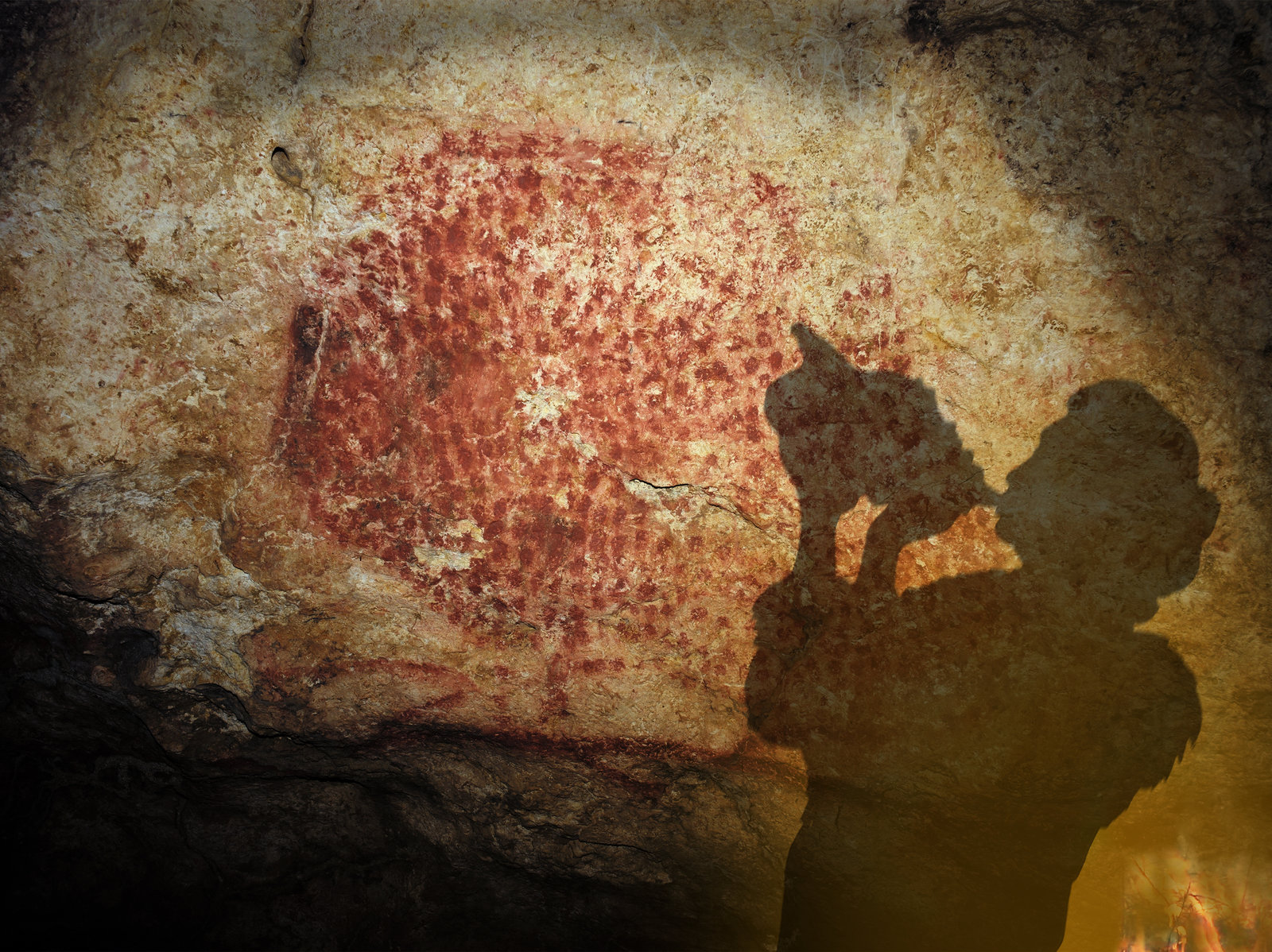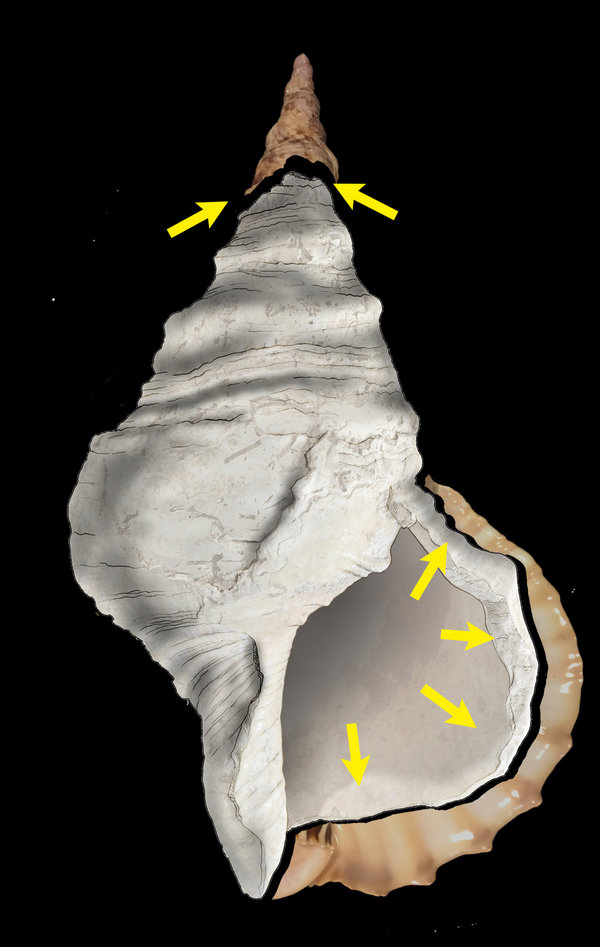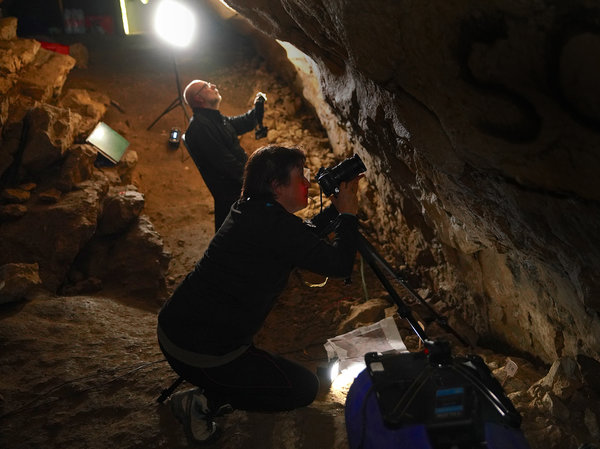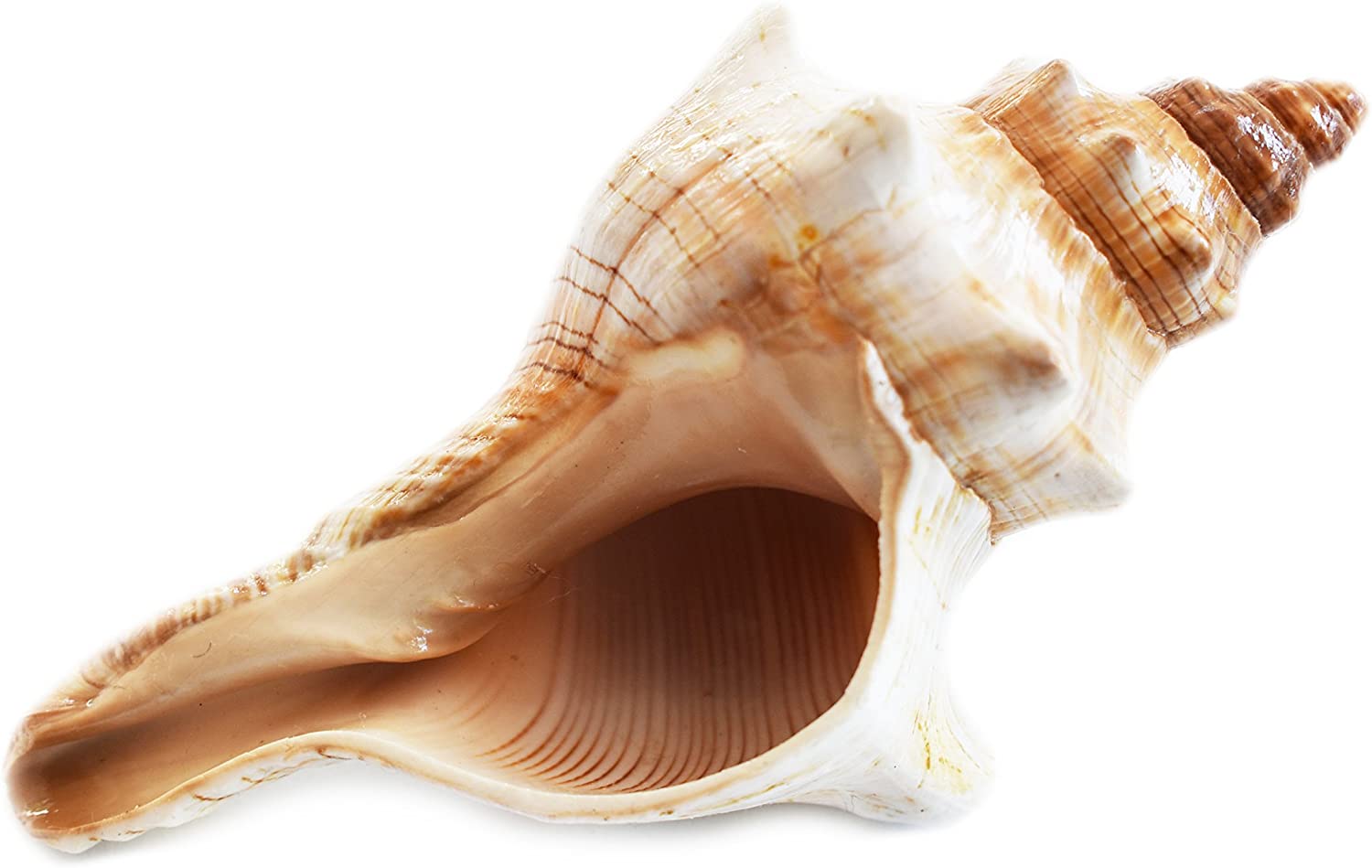It’s hard to imagine a time before music. Was there even such a time? Ever since humans first existed, the simple tap of a knuckle on stone fed our souls with a musical rhythm that would endure for centuries. Now we have electric guitars, pianos, and hundreds of different types of instruments.

It makes you wonder how music sounded for our ancestors long ago. What primitive instruments did they use, and how did they sound? Perhaps their music would surprise us with its beauty, or even its complexity. We can all assume that it wouldn’t make our current Billboard top 100.
Nature itself creates musical instruments naturally. Take the conch shell for example. It is essentially a horn! That’s exactly what this story is about. A 17,000 year old conch shell that was found and restored to play music again. Now we can actually know what our ancestor’s music sounded like.
For the first time in 17,000 years, a musical horn made from a conch shell was played once again. Archaeologists had found this particular horn way back in 1931 inside of a cave in France that contained wall paintings. At first they had assumed the shell was used for drinking, specifically ceremonially. There had been a chip in the end of it, but archaeologists assumed it was just due to damage, instead of what it actually was there for.

Years later, researchers have come to the conclusions that it isn’t a cup at all. The shell is actually a musical instrument. This new finding has been shared in Science Advances, a scientific journal. Imagine how embarrassed you would be if you found out the cup you’ve been drinking out of was actually a trumpet.
A lucky musician was able to test out the instrument, and they did not disappoint. They were able to produce a C, D, and C sharp. Carole Fritz is a prehistoric art specialist at the French National Centre of Scientific Research (CNRS), and for her this was an incredible moment. Fritz said, “for me, it was a big emotion. A big emotion and a big stress.” She was very nervous about the musician damaging the artifact, which is why the musician only played a couple of notes. According to Philippe Walter, a senior researcher at CNRS, it was just a test to see if it would actually produce music, not a full on concert.

If you’re wondering if this was just a normal, old shell, it was not. This shell was modified to specifically make music.
The paint used on the cave painting where the shell was found were the same as the paint used on the shell, signifying some kind of connection. Daniel Adler is an archaeologist at the University of Connecticut who specializes in the history of music. He said, "The research they did on the painting and pigments within the shell lead me to believe that, yeah, this is probably an instrument and was probably used to make music,"

It is possible that other instruments were used as well, made of leather or wood, but those would long decay by now, which is what makes the shell so special. The shell was able to survive the test of time. It gives us a glimpse into what life was like back then. Perhaps it was more complicated than we can even imagine.